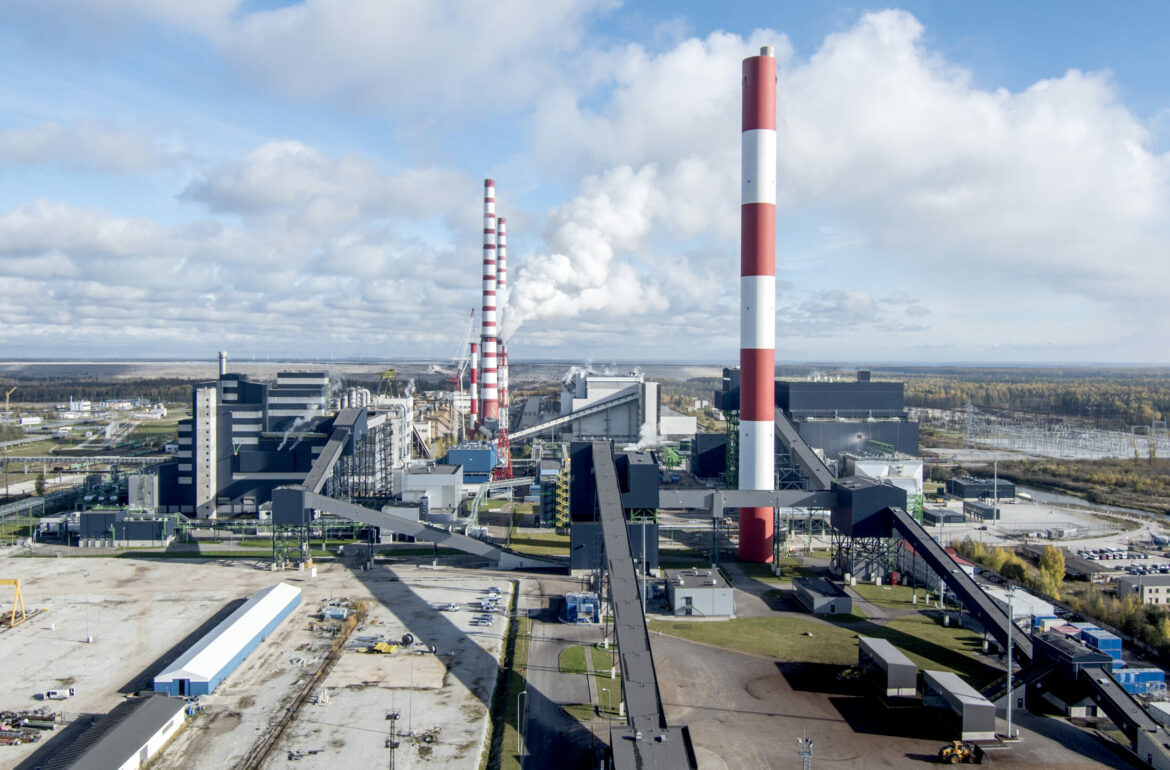Utilization of fossil fuels, which represents an increasing environmental risk, can be made more environmentally friendly by adding wood – as concluded based on the preliminary results of the year-long study carried out by thermal engineers of Tallinn University of Technology. In search of less polluting ways of energy production, increasing the amount of biomass as a source of raw materials offers a good way to use fossil fuels and reduce emissions.
The Head of TalTech’s Laboratory of Fuel and Air Emission Analysis, Professor Alar Konist who leads the research says, “We used thermogravimetric analysis in our research. In modern laboratory conditions, the use of a high-speed furnace for thermogravimetric analysis allows determining reactivity of wood at different temperatures and mass percentages. Our goal was to study the kinetics of combustion of biomass – in this case wood and oil shale, with the aim to maximise the amount of biomass.”

One of the possibilities to reduce notorious carbon dioxide (CO2) emissions in thermal engineering is to reduce the share of oil shale fuel and replace it with renewable raw materials. In their study, the researchers of Tallinn University of Technology used one of our most common renewable natural resources – wood – to analyze the co-combustion of wood and oil shale. Mixtures containing up to 40 mass percent of wood were analysed
“Today we can say that use of the mixture of fossil fuel and biomass in the Estonian CFB boilers is the least damaging to the environment. For example, the efficiency of our most well-known modern green electricity producer, the Auvere Power Plant is 40%, while in other cogeneration plants that produce electricity in addition to heat the efficiency still remains below 30%,” Professor Konist says.

Burning fossil fuels emits carbon dioxide into the biosphere circulation unlike burning of solid biofuels, since solid biofuels are part of the biogeochemical cycle. There are two main environmental concerns related to fossil fuels. First, flue gases contain various pollutants emitted into the atmosphere in addition to carbon dioxide and, secondly, ash is produced during combustion.
Professor Alar Konist says, “The results of our research show that the emission concentration of pollutants in the flue gas can be controlled at the lowest optimal combustion temperatures of 700-800°C. The formation of the other harmful factor– ash – can be reduced by almost 50% by adding wood to the oil shale. Such ash has added value: due to added wood, the quality of the ash is suitable e.g. for use (or more accurate to say “for re-use”) as a raw material for production of green cement”.
Oil shale pyrolysis, gasification, carbon capture and utilization (CCUS technologies) – these are topics of the future, which will be tackled by heat and power engineers in the short term. Since climate targets are constantly becoming stricter, Europe is facing circumstances where the consumption volumes have increased, but the production volumes have decreased substantially. This means that Europe is forced to import energy, regardless of its strict environmental regulations. This, in turn, leads to the conclusion that cheaper energy produced in compliance with lower environmental requirements can be sold at a lower price. This means that the energy produced by cleaner technologies is unfortunately not competitive in Europe in current market circumstances.
“I am convinced that as long as our energy production continues to be market-based, we cannot unfortunately rely on major solutions that value the environment, such as implementation of carbon capture technologies, etc.” Professor Konist says.
Source: Journal of Thermal Analysis and Calorimetry 12.09.2019 https://link.springer.com/article/10.1007/s10973-019-08785-6
Additional information: Head of Laboratory of Fuel and Air Emission Analysis Professor Alar Konist, alar.konist@taltech.ee
Kersti Vähi, TalTech Research Administration Office
 Back
Back



